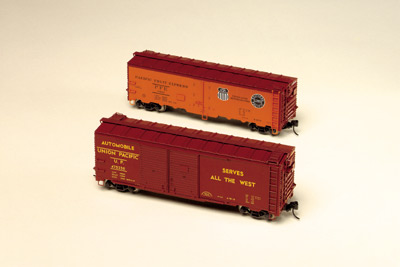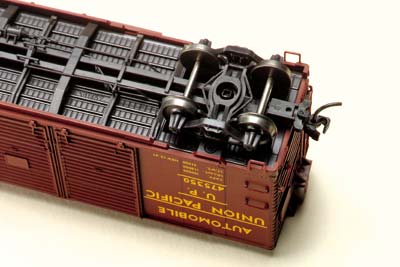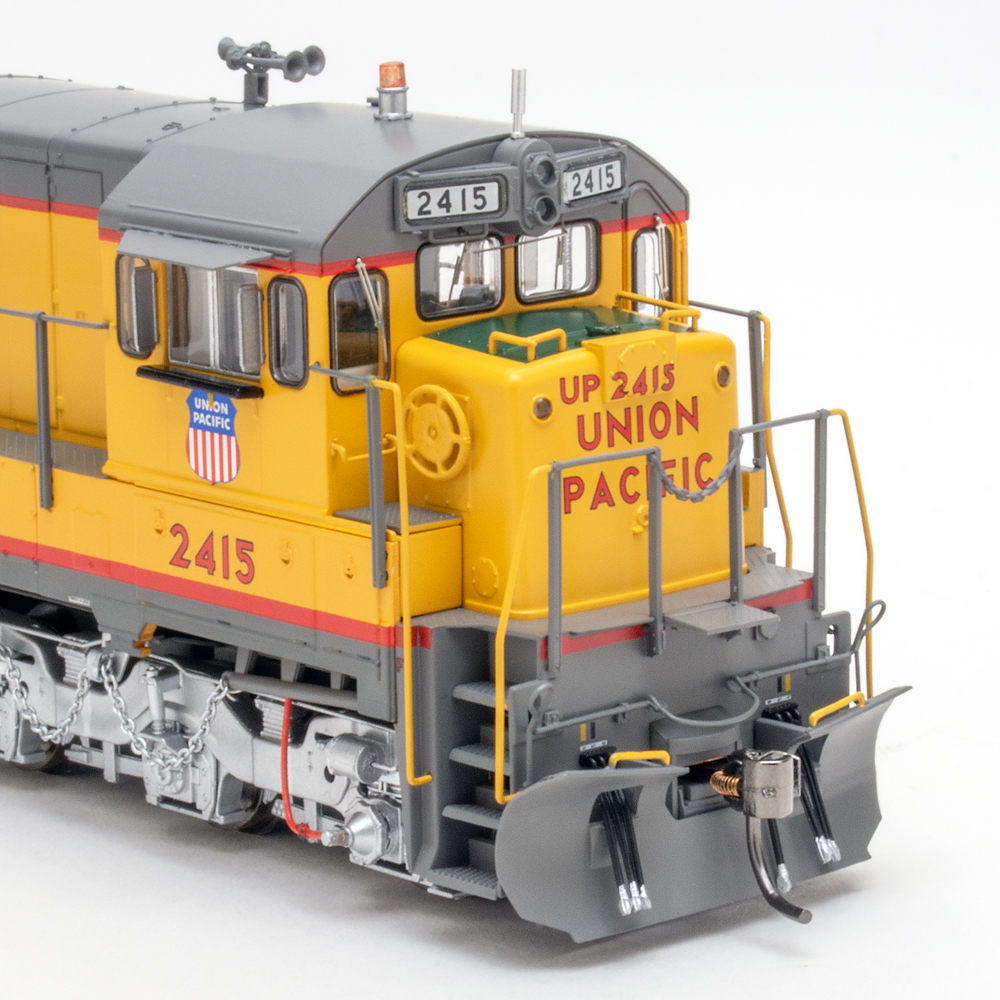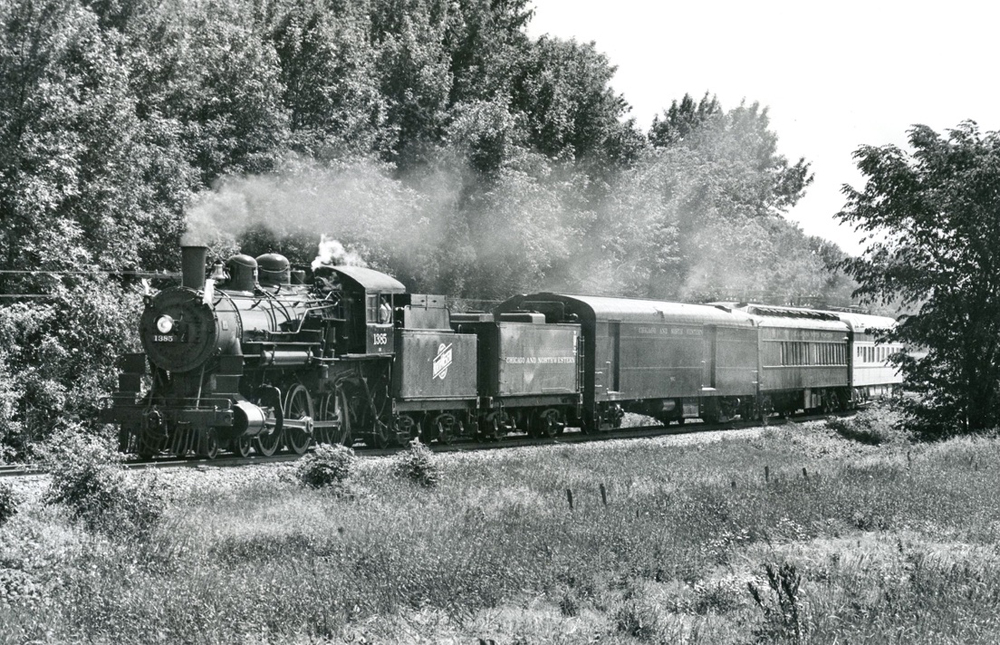A double-door Union Pacific 40-foot automobile boxcar and a steel Pacific Fruit Express refrigerator car are the latest offerings in the growing Trix/ Märklin line of American-prototype freight cars, and they’re both well built and well detailed cars.
The boxcar is a model of a UP class A-40-16. This class of 500 automobile boxcars was built in 1940 by the UP’s Omaha shops, and many of the cars served at least into the 1970s, and later in maintenance-of-way service. The model’s measurements match the prototype within a scale inch, except in height; the model is correct at the eaves but 4 inches too short at the running board (it should measure 15′-1″). The ends match the prototype (4/5 Dreadnaught), and the model features the UP’s distinctive alternate center rivets (a second row of rivets in mid-panel). All details are separate parts, added after painting but molded in color. The only significant problem with the boxcar is that while it is a fine model of an A-40-16, it is painted and numbered as an A-40-19. That class (from 1947) differs from the A-40-16 in a number of significant ways, most notably riveting style and door width.
The reefer is a model of a Pacific Fruit Express class R-40-14; the 1,000 cars in this class were 1941 products of Pacific Car & Foundry (except for two aluminum examples built in 1946 by PFE itself). The model carries the paint scheme PFE used in the early 1950s, including a label for the Preco electric fan that these cars received in the 1950s. Some cars served until 1970.
The reefer matches the prototype’s dimensions very well, and the separately applied details are well executed, especially the running boards. The ends have the correct 4/4 Dreadnaught pattern and include appropriately (for this class) rounded corners, though the ribs are an inch or so too thin. The simulated Equipco integral hatch covers also appear to be a few inches too small.
Though the prototypes would have had different underframes, both models share the same underbody castings which include an A-B brake system. They also use the same pivoted and sprung drawbars as earlier Trix freight cars. This drawbar rides in a V-shaped channel oriented so that any sideward force on the coupler, as on curves, also extends the coupler farther from the car. This arrangement is common on models for the European market because of the tight curves in common use there, though it is not necessary on the curves typical on North American layouts. A plastic knuckle coupler with a metal spring is mounted at the proper height in the NEM 362-style pocket. It would not be difficult to replace it with a body-mounted coupler, which would allow the coupler head to be set closer to the car.
The nicely detailed acetal plastic trucks include non-functioning springs and properly located brake shoes. The RP25 wheelsets match the National Model Railroad Association gauge and roll very freely.
Overall these cars are very well done, and they’ll be welcomed by model railroaders who model the 1940s to the ’60s, and even the ’70s.
Price: $29.95 each
Manufacturer:
Trix Trains
Marklin Inc.
P. O. Box 510559
New Berlin, WI 53151-0559
www.trixtrains.com
Description:
Ready-to-run plastic freight cars with magnetic knuckle couplers
Road names:
- Automobile car: Union Pacific, Baltimore & Ohio, Great Northern, Illinois Central, and Seaboard Air Line
- Refrigerator car: Pacific Fruit Express, Burlington Refrigerator Express, Great Northern (WFEX), New York Central (MDT), and Northern Pacific















